Keloid Treatment
What is Keloid?
Keloids are a type of raised scar caused by excessive proliferation of fibroblasts during the wound healing process. They grow excessively and invasively beyond the original wound borders. Keloids are mostly benign, but they can cause considerable psychological pressure and inconvenience to patients.
Causes
Keloid growth is triggered by skin injury of any kind, including:
- acne scars;
- ear piercing;
- vaccination sites;
- surgical incision sites;
- burns.
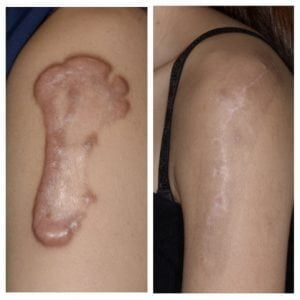
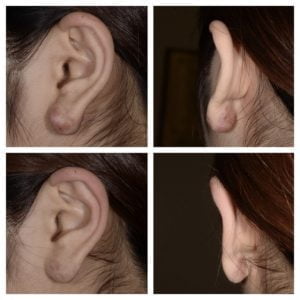
It is estimated that 1-3% of people, regardless of gender, are prone to keloid scarring. Genetics has a strong influence on keloid predisposition as its formation occurs predominantly in people of African descent, followed by Asian and Caucasian people.
Common Sites
Keloids can affect any part of the body, but are most commonly found on the chest, the back, cheeks, earlobes, shoulders, and upper arms. They tend to grow over several years, sometimes even for decades.
Lateral growth: Chest, back
Vertical growth: Shoulders, upper arms
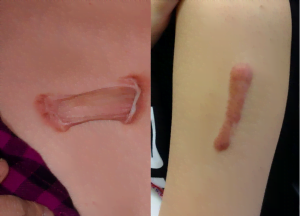
Symptoms and Psychological Impact
Keloids can cause pain, itch and infection. The discomfort may worsen during hot weather or physical activity. If keloids are located on a joint, movement may be restricted.
In addition, keloids can lead to psychological and social distress. Some patients may even experience emotional problems such as depression.
Contact Us Now for Free Preliminary Assessment
Keloid Treatment
We provide various treatment options according to each patient’s conditions:
1. Pressure Therapy
Putting pressure on the keloid site using pressure earrings or garment reduces blood flow, thereby preventing keloid growth. This is particularly effective for hypertrophic scars or keloids in the early stage. Pressure therapy can also be used after surgery or cryotherapy to reduce the risk of recurrence.
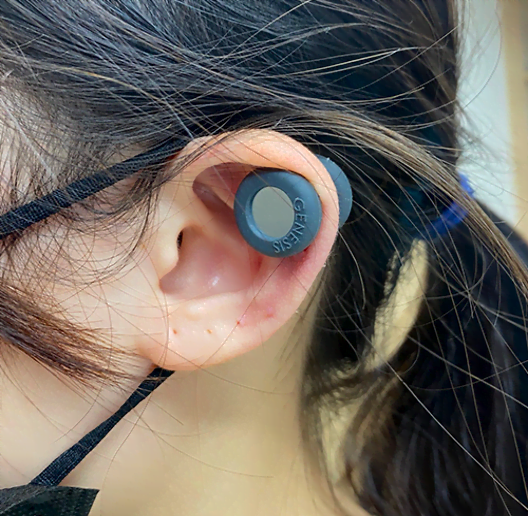
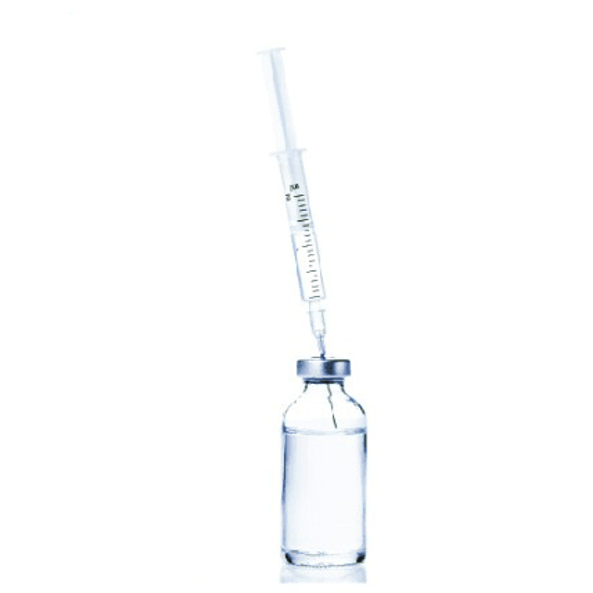
2. Steroid Injection
Steroid injections are one of the major treatments for early-stage keloids. Received regularly (normally once every month), these injections can help relieve symptoms such as pain and itching, and soften the scar. Potential side effects include bruising and thin skin around the injection site, which are usually mild and temporary.
Estimated fee: HKD1,000-3,000 per injection
3. Intralesional Cryotherapy
Intralesional cryotherapy is a new, effective treatment that uses a specially-designed needle, placed through the core of a keloid, to deliver liquid nitrogen at −196 °C, which freezes the scar from the inside. It is considered more effective than spray technique because ofgreater internal freezing area. Common side effects include postoperative pain and temporary depigmentation. The procedure can be performed under local anaesthesia at a day centre, and takes about 10 to 45 minutes.
Estimated fee: HKD10,000-20,000 (depending on the keloid size)
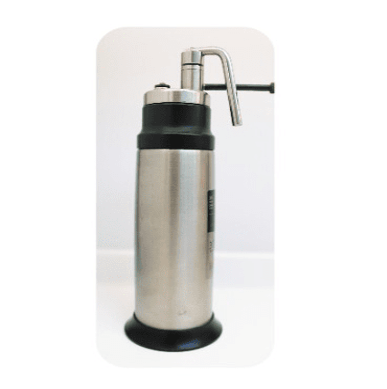
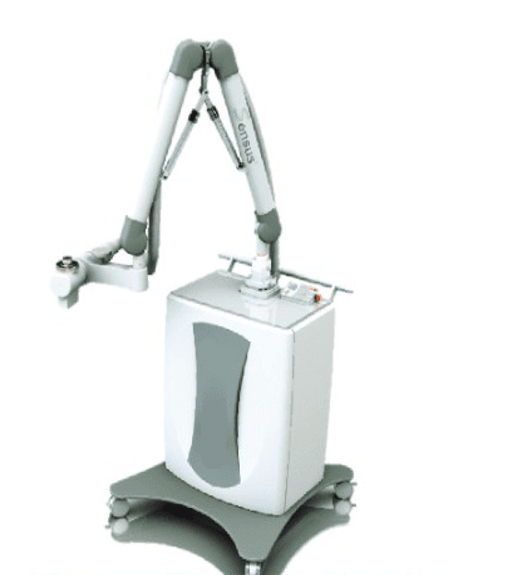
4. Surgical Resection with Superficial Radiation Therapy (SRT):
Surgical resection of keloids has been shown to be more effective when combined with superficial radiation therapy (SRT), which prevents recurrence by reducing fibroblast proliferation. The surgery can be performed under local anaesthesia at a day centre, and takes about 30 to 60 minutes; while the SRT is delivered at a radiotherapy centre beginning within 24 hours after the surgery, and the standard treatment usually needs to be performed for four consecutive days.
Estimated fee:
Surgical resection: HKD20,000-30,000 (depending on the keloid size)
SRT: From HKD30,000 (for four days of treatment)
It is important to note that a combination of treatments is usually used for the treatment of keloids. Moreover, close follow-up monitoring is vital after any treatment to minimise the risk of recurrence.
Case Sharing

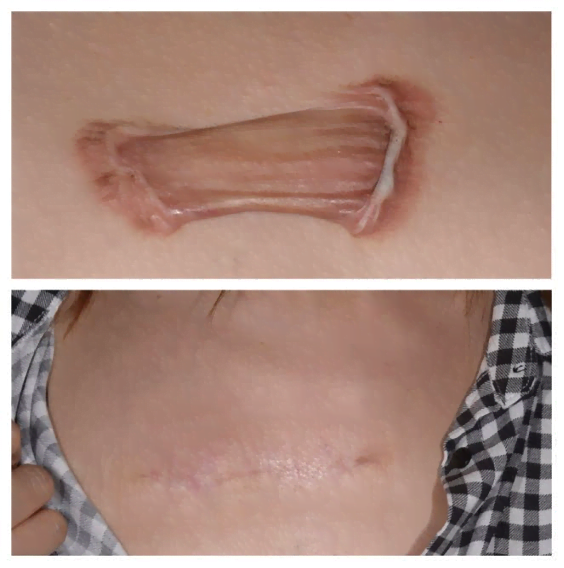
Pre and post treatment photos of a patient receiving intralesional cryotherapy (left) and a patient receiving surgical resection with SRT (right)
* All content in this website is for informational or educational purposes only. If in doubt, you should consult your doctor or other healthcare professionals.
